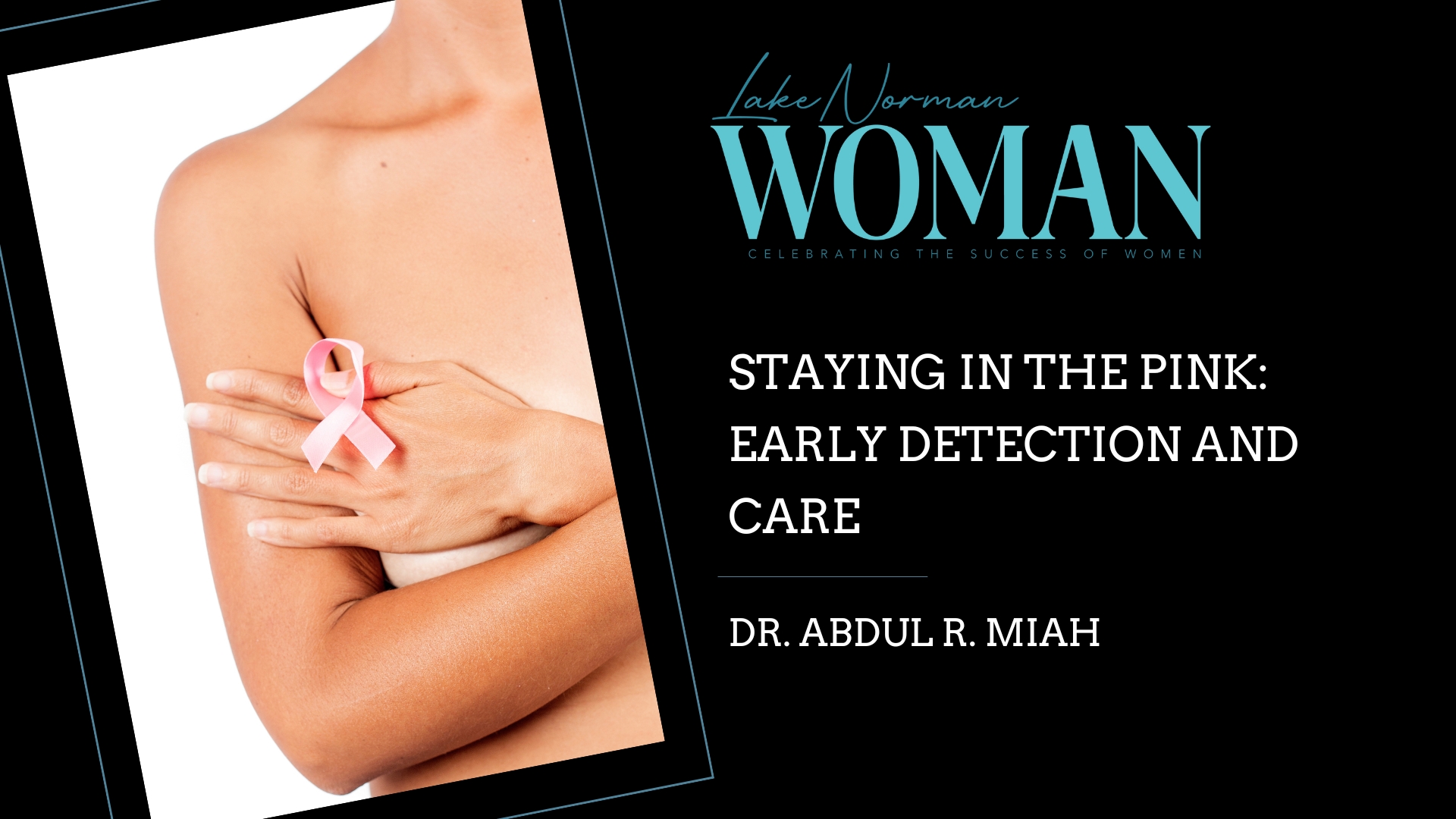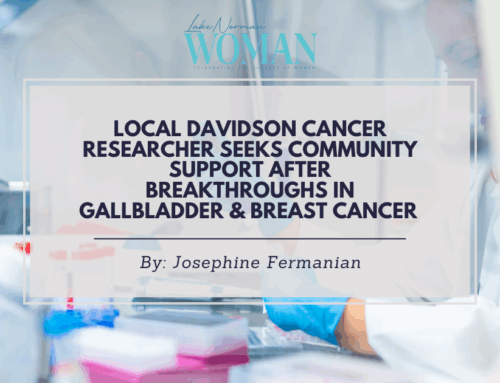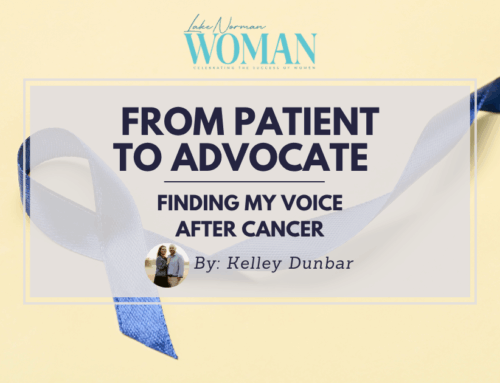Breast cancer remains one of the most common cancers among women, both in the United States and worldwide. In 2024, more than 300,000 women were diagnosed with invasive breast cancer, yet only about two-thirds of these cases were detected early. This underscores the critical importance of understanding breast cancer screening guidelines, being aware of unique considerations for special populations, and recognizing potential signs and symptoms. To stay informed and proactive, the following insights and reminders can help guide early detection and care.
Breast Cancer Screening and Diagnosis
Breast cancer screening is not a one-size-fits-all approach—the timing, type, and need for screening can vary from person to person. For the general population, the National Comprehensive Cancer Network (NCCN) recommends annual mammograms starting at age 40. While there is no universally agreed-upon age to stop screening, the U.S. Preventive Services Task Force (USPSTF) suggests age 75 as a general cutoff. Still, this decision often depends on individual factors such as other health conditions, life expectancy, the ability to undergo further testing or treatment, and, most importantly, the patient’s personal values and preferences.
Special Populations
Some women may need to begin breast cancer screening earlier than the general recommendations. This includes those with a strong family history, certain genetic mutations that increase lifetime risk, a history of chest radiation therapy, or conditions such as atypical ductal hyperplasia (the growth of abnormal cells within the breast ducts). If any of these factors apply, it’s important to talk with your healthcare provider about whether earlier or additional screening tests—beyond mammograms—may be right for you. Many cancer centers now also offer high-risk breast cancer screening programs and counseling to help guide these decisions.
Signs and Symptoms
Everyone should be familiar with the normal look and feel of their own breasts and promptly report any changes to a healthcare provider. Warning signs that deserve medical attention include nipple discharge, retraction, or inversion; skin that appears dimpled, pitted, thickened, swollen, or red; persistent, unexplained pain; and any new lumps or masses in the breast or under the arm (axilla).
Southern Oncology Specialists is proud to welcome Dr. Abdul R. Miah. His journey to oncology spans continents and experiences that shaped his calling to medicine. Born in Morgantown, West Virginia, he spent much of his childhood in London before returning to the U.S. at age 12. He earned his medical degree and completed his residency in internal medicine at West Virginia University, later working as a cancer hospitalist at The Ohio State University. His path led him through hematology/oncology fellowships at the University of Toledo and the Medical College of Georgia, where his wife also trained in anesthesiology. Today, Dr. Miah and his family have made Mooresville home, where their young son recently started school. “The patients here are consistently kind, humble, and deeply appreciative of their care,” he shares. “Being part of their journey—offering not only treatment but also hope—is a privilege I don’t take lightly.” His work reflects both skill and compassion, grounded in trust and constant learning.






